Travel ideas to find a great football tournament. Spain
Spain - perhaps is one of the most exciting and ancient countries of all Europe! Rich in many turnovers, Spain then rose high in its superiority and prosperity and then fell to complete impoverishment and enslavement.
According to historians, the name of the country Spain came from the Phoenician word Hispania, meaning, "land of rabbits." It is a remarkable fact that Spain now consists of 17 fully autonomous regions, with their language, culture, typical food, a way of life and laws.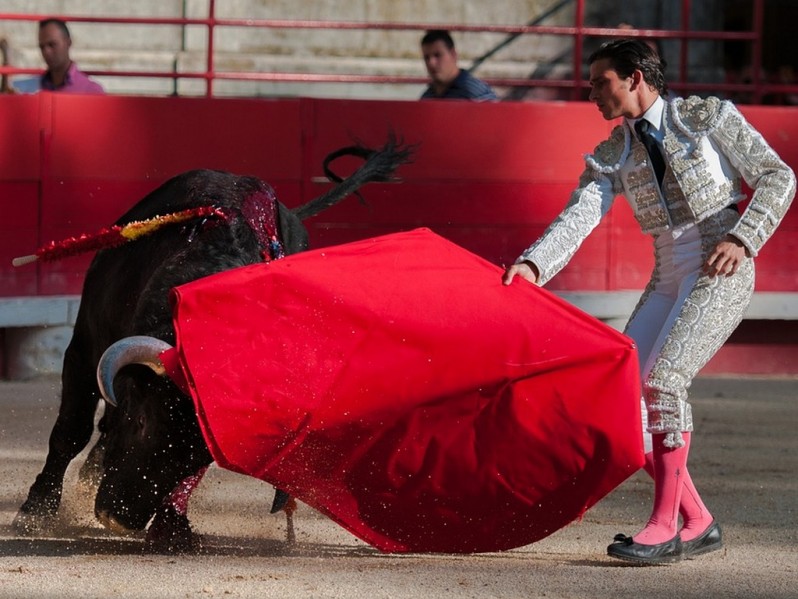
History
History of Spain began with the third millennium BC when the ancient inhabitants of North Africa, Iberians came to the Iberian Peninsula. Two millenniums later, the Celts also settled here - a quite numerous and militant group that inhabited the vast territory of Europe. A little then, the Phoenicians came to the Island - the people who occupied the area of modern Israel and founded the city of Cadiz on the South coast, which still exists and is a major naval port and the oldest city in Europe. Around the same time, the Greeks began to populate the East coast.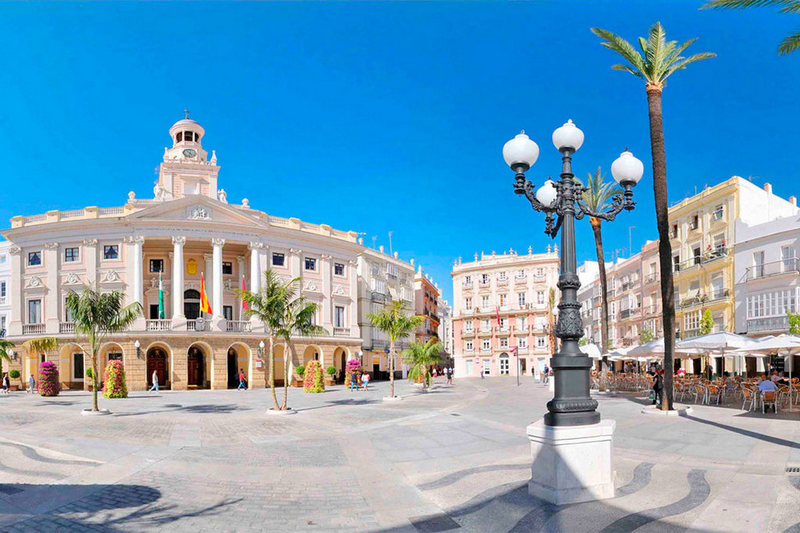
After a few wars, the Phoenicians subjugate the South and East of the Iberian Peninsula; transfer from Africa here its capital – New Carthage (now Cartagena). In 210 BC, the Romans came to the Peninsula, who utterly defeated the Carthaginians and continued to move inland. The Celtibers fought for two centuries against the Roman Army, but gradually conceded their positions, although it must be said that they were not able to take the North of the Peninsula – the Basque tribes were not conquered, which explains their original culture and language, which is different from the Latin group inherited from the Romans. Spain was under the influence of the Romans for several centuries; it was an era of prosperity – cities, arenas, aqueducts, bridges, theaters were built, trading was in goods, metals, products.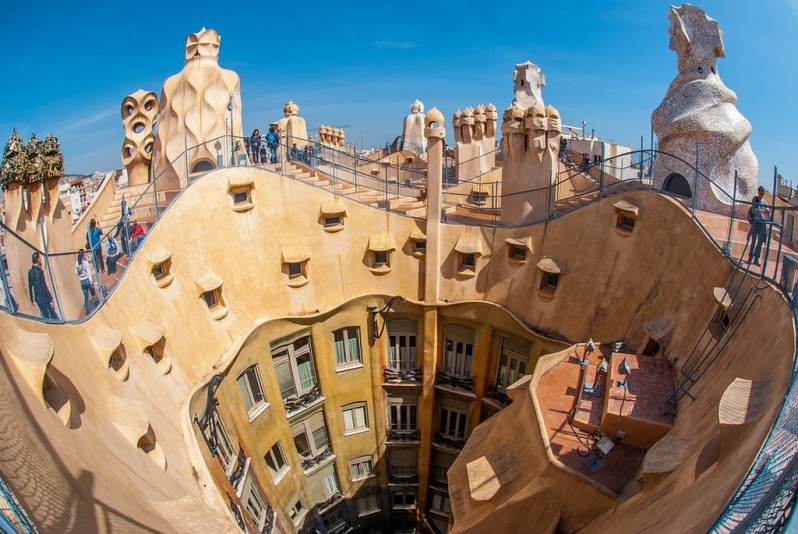
In the 5th century AD, after the Goths rebellion, which was oppressed by the Romans, they conquer the Roman Empire, gradually settling throughout Europe; in particular, they reach the Iberian Peninsula. Nevertheless, 200 years later, the state was captured by the Arabs-Moors. Spain was under the hgs of the Arabs for more than 700 years, which affected the architecture, language, and culture. Brought to Spain by the Arabs Eastern flavor, especially noticeable in Granada, a small town where handsome - Alhambra Palace (Red Palace) spread out. The area of the Palace is so vast that it is often called a city in the city, and the walls of the Alhambra change their color at different times of the day.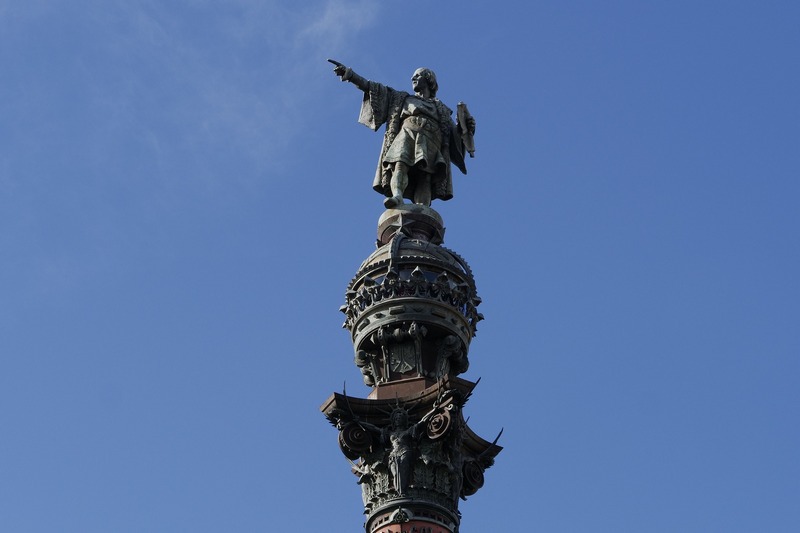
Spaniards constantly fought with Arabs, around the country consistently, a rebellion has erupted. In that period, up to 1492, it was the birth of the modern Spanish unified state, which united to overthrow the Arab reign. After the discovery of America by Columbus, the development of the country went up, but after several decades of war with England and Holland completely drain the economy of Spain, and it loses its former maritime greatness. Almost a hundred years it was the struggle of many European dynasties for the throne of Spain, which leads eventually to the loss by Spain of part of its lands and Islands.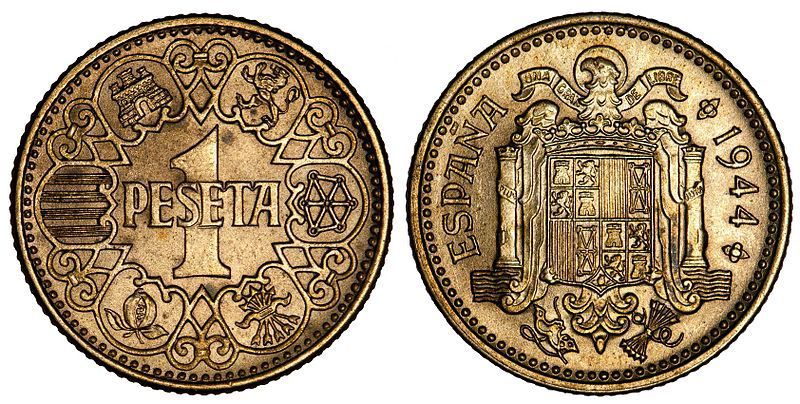
The history of the XVIII century is characterized by the rise of the economy, reforms and tax decrease, production growth. The monetary unit of one peseta was introduced into the circulation of Spain. Nevertheless, the next century brings again a few shocks, a few times when monarchs had refused the throne under the pressure of popular discontent and revolution, and later the kings again restored his power. However, at the same time, the people increasingly achieved democratic rights and freedoms, which played a role in the creation of a modern state. Special mention should be made of the pro-fascist dictator Franco, who ruled the country in the shadow of the Prince of Spain – Juan Carlos, whom he returned to the throne, and after his death, by will, proclaimed King of Spain. Since that time, the country has finally embarked on the democratization of political life.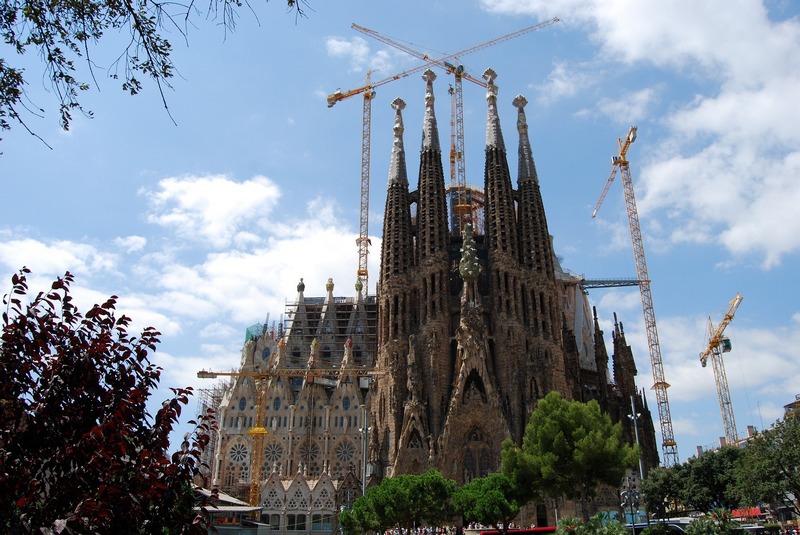
Landmarks
In Spain, a vast number of attractions and cities that are imbued with the spirit of harsh history. Barcelona was and remains one of the wealthiest and most developed cities in Spain – all the diversity of Spanish ancient and modern culture is represented here. One of the greatest architects of his era, Antonio Gaudi, created several masterpieces of architecture here. One of them is the Sagrada Familia Cathedral, the construction of which began in 1882 and is still unfinished. Twelve towers of the Cathedral symbolize the apostles, and the Central tower - Christ. Another masterpiece created by Gaudi to order of his friend Guell is the Park with gingerbread houses and cream curbs, figures, and benches, lined with many pieces of glass.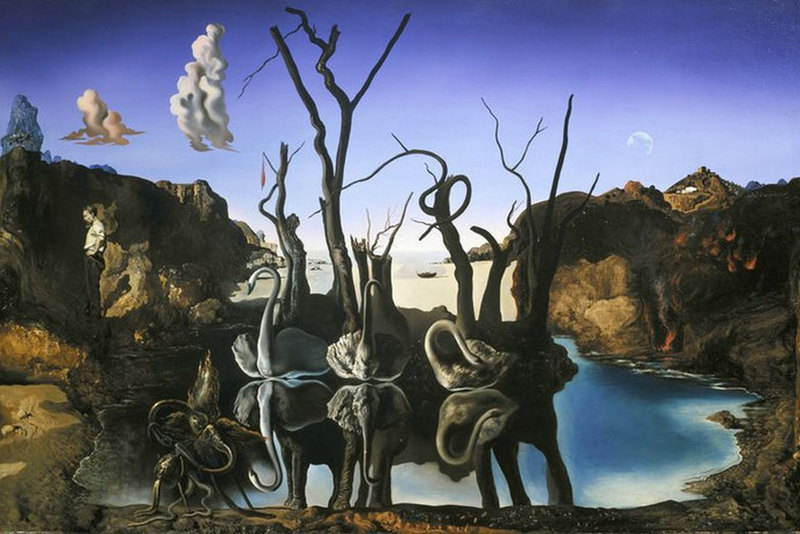
Tourists will also like the small town of Toledo – built on a hill and is an impregnable fortress and a world monument of architecture, where the famous El Greco painted his paintings. Madrid, the Royal city, was built on an unprecedented scale. There is a fantastic number of attractions, made in different styles, why not single out any of them separately: a luxurious Royal Palace, with fountains and parks, with an extensive collection of old weapons, Stradivarius violins, and paintings. The main square is Plaza Mayor, the National Prado Museum, which collected the most extensive gallery of pictures by Spanish as well as Italian, French, German and Dutch artists and the complete collections of works by Goya, Velazquez, Bosch, El Greco, Murillo, and many others are presented. There are Park Buen Retiro, the monastery de Las Descalzas Reales and to many other museums of ancient and contemporary art. Separately can also be noted located within Madrid, the monastery-palace of El Escorial. Reflecting the spirit and power of the time, it was erected in honor of the victory over the French King Philip II. A vast library, collections of books, paintings, and sculptures, handmade stained glass windows, arches, mosaics and passages, almost all Spanish monarchs are buried here.
In Seville is the Moorish Palace Alcazar, which Spanish monarchs use as their residence for 700 years. The Palace is open to visitors on days off from ceremonies. It is an example of beautiful Arab architecture with gardens, lakes, peacocks, growing oranges and roses. Moreover, Seville is famous for its Central square of Spain, patterned tiles and channel which decorate the already beautiful city.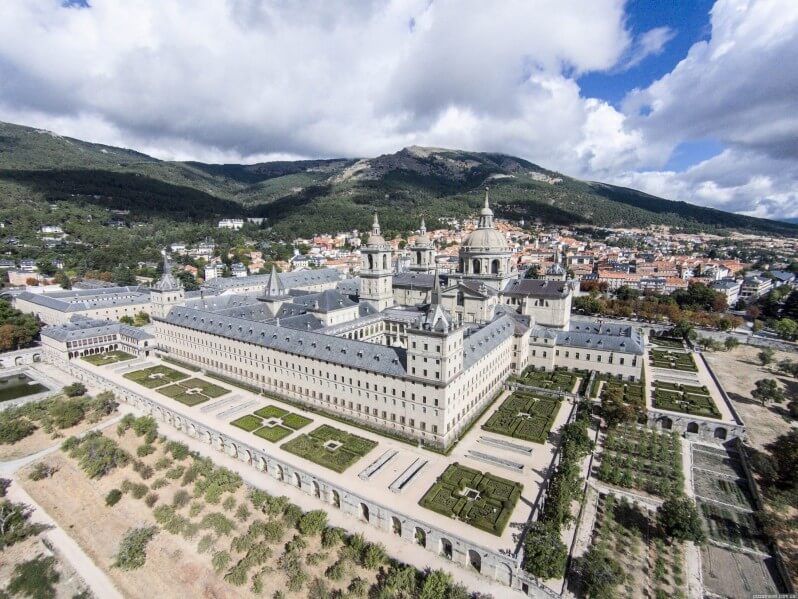
A small town near the border with Portugal – Merida, is famous for its Roman Theater, where in modern times in the summer festivals of theatrical art are held. 50 km from Madrid, is another unique city in Spain – Segovia. Segovian Aqueduct - the longest and tallest Roman drainage structure in Europe, reaching 730 meters in length and 28 in height. Besides, here is the magnificent Segovian Cathedral and the small Palace of Alcazar. On the Costa Brava, there is a unique city-fortress Tossa de Mar, where you can simultaneously sunbathe on the beach and enjoy the beauty of the medieval castle and fortress walls.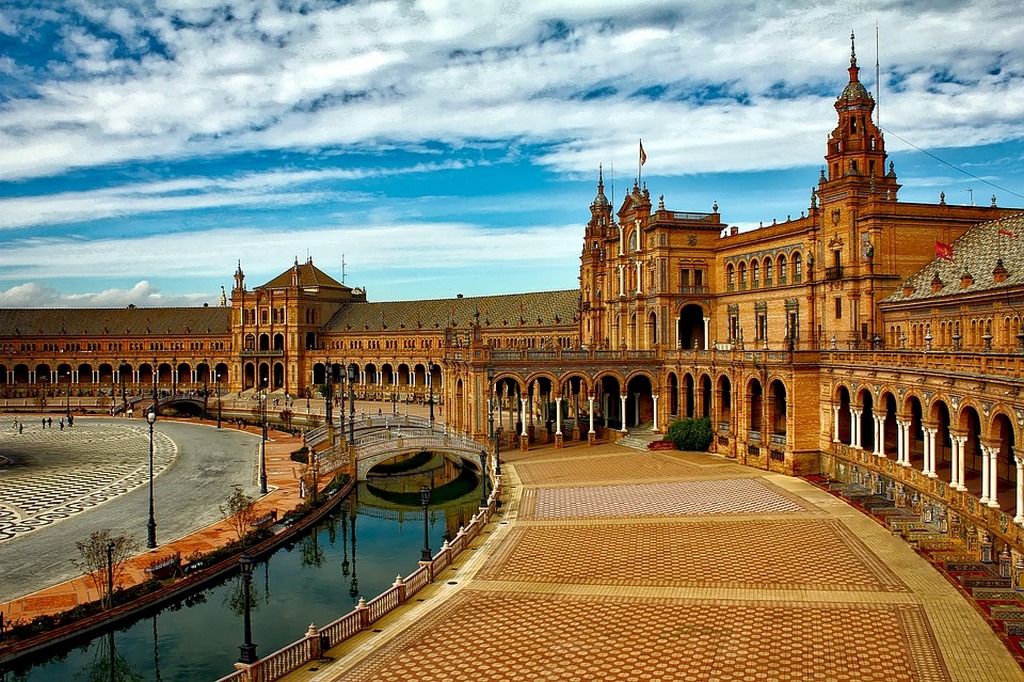
A special place should be given to two cities, which were created beautiful works of architecture that could not serve their creators: in Figueres, a city located near the border with France in 1812, was built the castle of Sant Ferran, which had the purpose of fortifications against Napoleon's troops. However, at the last moment, the Emperor of France turned to Russia. The second creation can be called an architectural complex in Granada by the name of the Alhambra - a few palaces, parks, towers, fountains with carved ornaments – an outstanding production of Arab masters now belongs to Spain.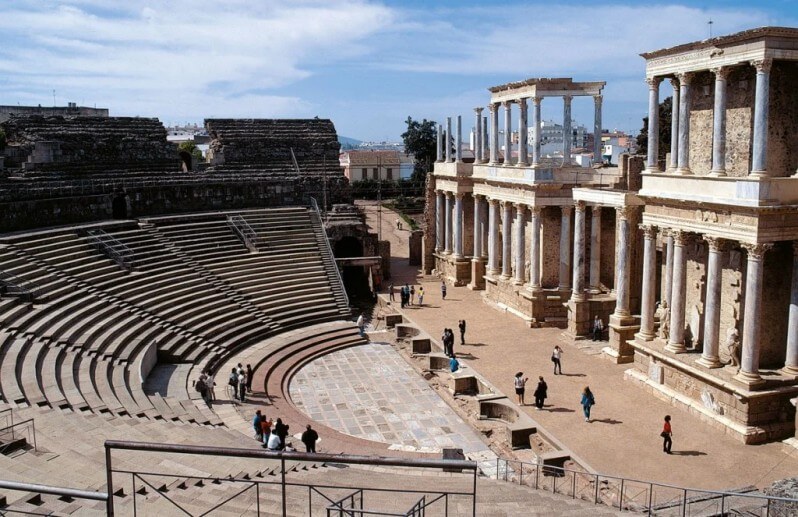
Let us stop at the list of advantages of Spain in the Old town of Cuenca, which is located at an altitude of 956 meters above sea level. This Celtic architectural settlement appeared at the beginning of our era, and it managed to survive the Romans, Arabs, and Goths.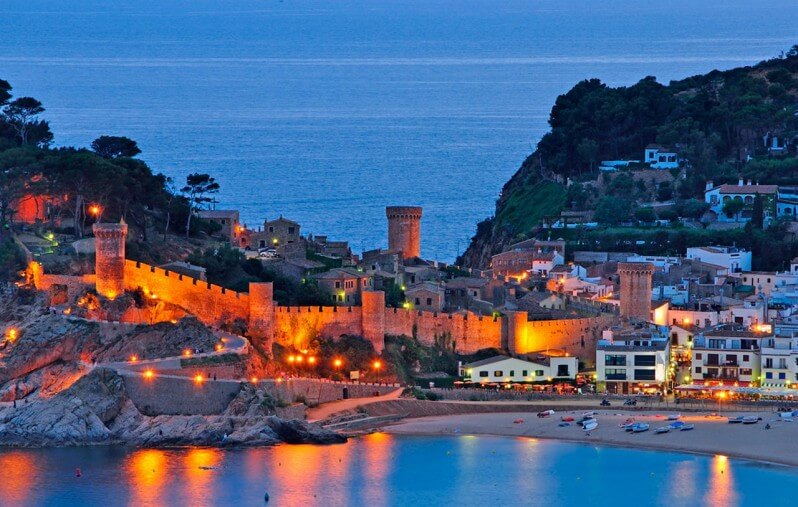
We have listed far from a complete list of attractions in Spain – there is a vast number of them. Only those that are enrolled in the UNESCO heritage Fund are 44! Spain is world famous for flamenco dance, don Juan and Don Quixote, Canary Islands, creations of Antonio Gaudi, Salvador Dali, Picasso, El Greco, Velazquez, Marquez, traditional Spanish dishes – paella and pan-tomato, bullfighting and pamplona, tomato carnage, Spanish temperament, and siesta.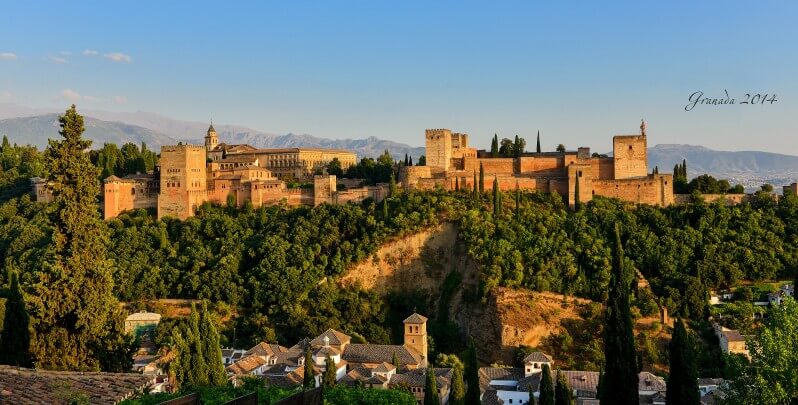
Interesting about Spain
In 1492, King of Spain Ferdinand V Aragon’s and Queen Isabella equipped Christopher Columbus with an expedition to explore the Western territories and the shortest route to India. During the trip - Columbus made a mistake with navigation and moored to the Bahamas. This mistake has turned the Spanish economy into one of the most prosperous for a long time.
In 1588, Philip II sent to the shores of England his "Invincible Armada" of 132 ships, most of which drowned during the storm, and after and during the battle with the British fleet. Such a massive defeat of the Spaniards predetermined the fate of the state, not immediately, but deprived the mightiness of the maritime power and doomed for many years in a severe economic and political crisis.
Spain is the largest producer of olive oil; the country produces almost half of the oil produced in the world. It is believed that 2/3 of the olive oil sold as Italian is Spanish.
Around the 6th century AD, the feather for writing was invented in Spain.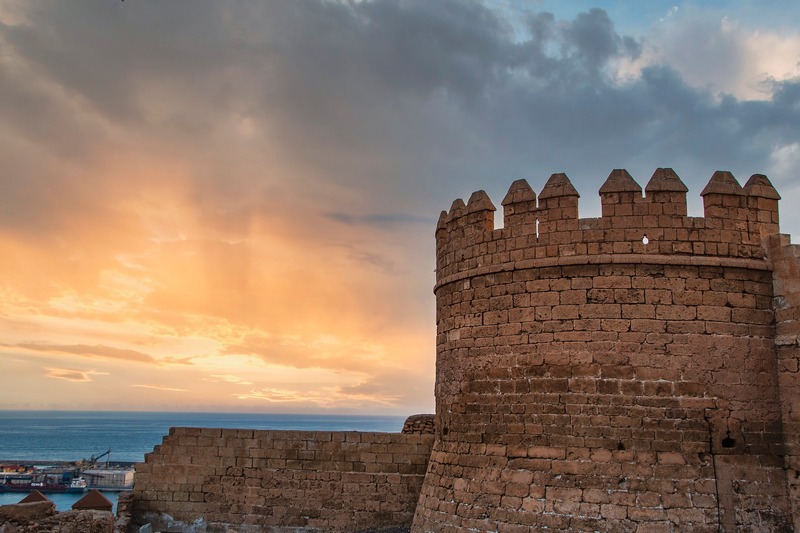
Engineer Isaac Peral designed the first guided military submarine.
The first person in Europe who described the pulmonary circulation was the Spanish surgeon Miguel Servet.
Many Spanish cities and regions have Arabic origin – all names that start with “al” - given by the Arabs and Moors – this is Alicante, Almeria, Albarracin. Moreover, the name of the capital of Spain Madrid comes from the Arabic word magerit, meaning an area with a large number of streams.
The Spaniards have always been ahead of the world in naval warfare. In 1538, they invented the diving bell - a device made of leather and metal, in which a person was placed for scuba diving.
Flamenco is the most popular music in Spain. It is believed that the creation of flamenco dates back to the era when Moors, who brought this exciting music to Spain from North Africa in the 7th century BC. Now in the flamenco notes of Andalusian, Islamic and Gypsy cultures are captured.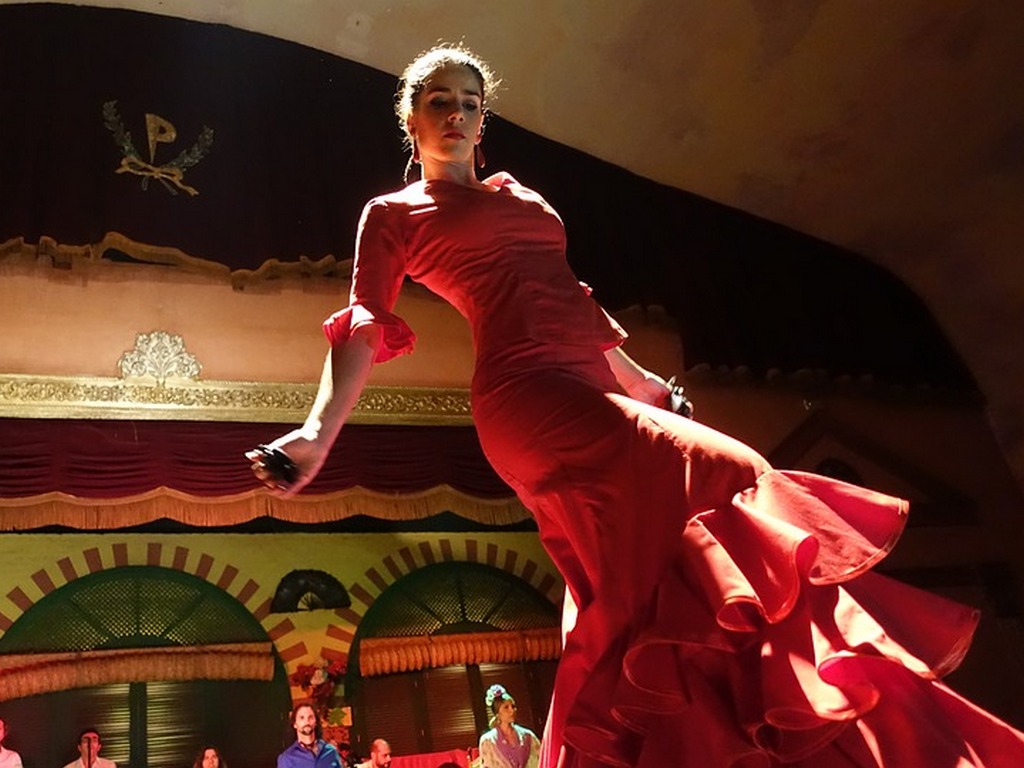
One of the most famous events in Spain is the July festival of Saint-Fermin, which also includes bull races in the Basque city of Pamplona. More than a million guests come to a small town to observe and participate in this dangerous race, which for some people ends in death, and hundreds are injured.
Every year in August, near the city of Valencia, is held La Tomatina or "Slaughter tomatoes" - a fantastic multi-day festival, where tons of tomatoes are used as bullets. The holiday attracts thousands of tourists to the small town of Buyol.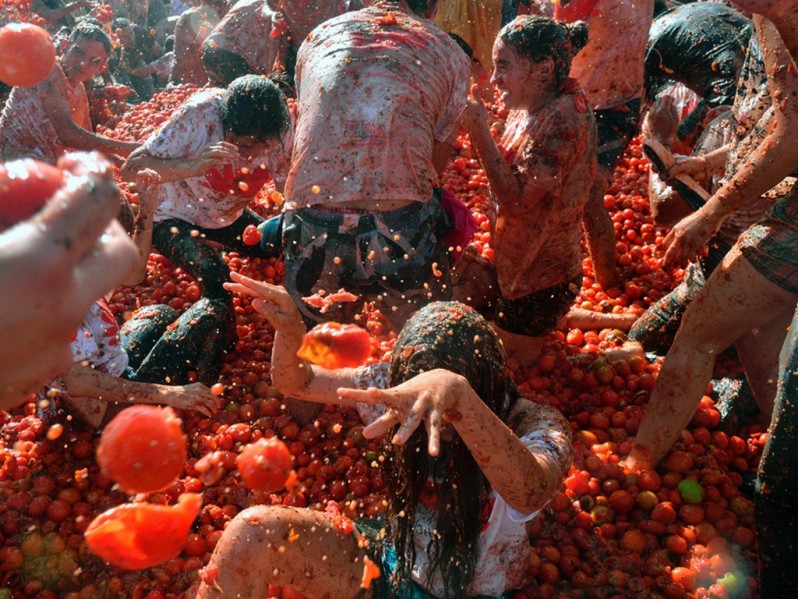
El Classico - the match between Real Madrid and Barcelona football clubs is the main sporting event and can almost completely paralyze the country.
Amancio Ortega, who owns the trademarks Zara, Pull&Bear, Massimo Dutti, Bershka, Stradivarius, Zara Home, is the richest man in Spain and is in the top of three Forbes rich people of the planet.
Spain is the only country in Europe where bananas are grown. Chupa-Chups were invented in Spain.
Purely Catalan national fun - castles or «human castles» will also be of interest to visitors of Spain. These pyramids made up of people on several floors - a somewhat dangerous kind of occupation. Castlery – adults and very young children are trained for years to be able to compete in building the tallest towers. Often multi-level tower crumbles and people fall from a great height.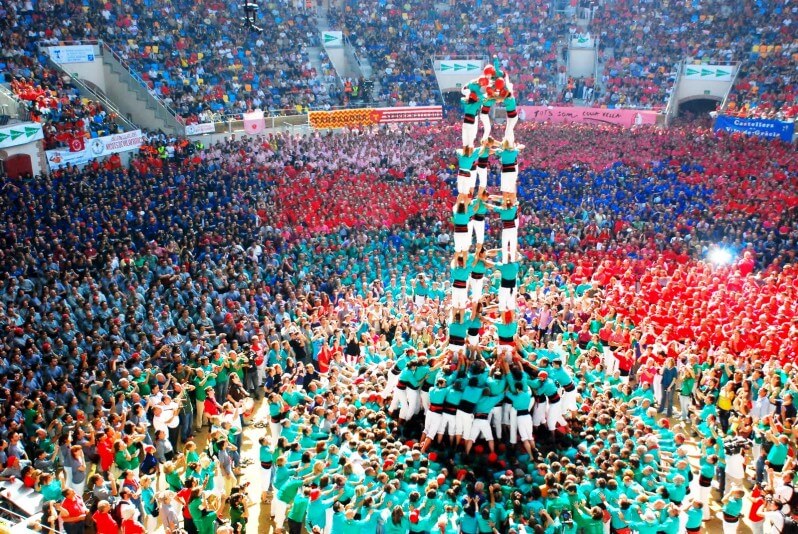
Transport
In Spain, there are all kinds of public transportation, high-speed highways, and railways. There are 16 airports in the Iberian Peninsula and the Islands.
Climate
The climate in Spain in the whole country is subtropical – the temperature in winter does not fall below 0°C, and in most areas, it reaches +10°C. In summer, there are hot days up to +27-30°C.
Find Football tournament








